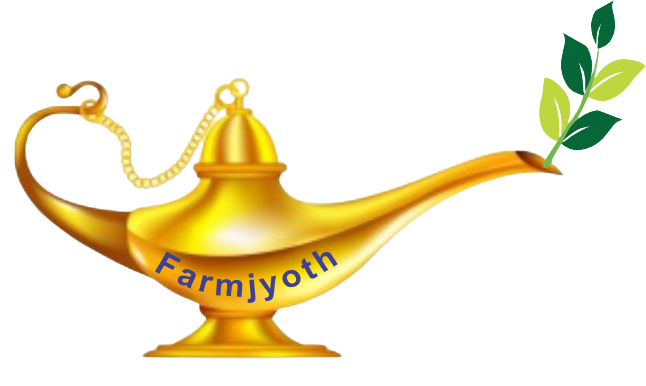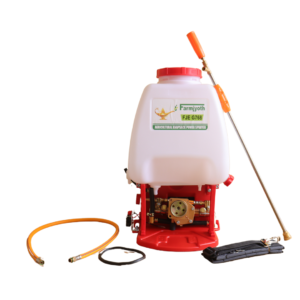Engine: The heart of the system, providing power to drive the pump. This can be a gasoline-powered or diesel-powered engine, offering the necessary energy to operate the pump system.
Pump Mechanism: The pump is responsible for pressurizing the liquid stored in the tank. This pressure buildup enables the liquid to be sprayed through the nozzle or wand. The pump can be a diaphragm pump, centrifugal pump, or other types depending on the specific model.
Tank: The reservoir that holds the liquid to be sprayed. Tanks come in various capacities depending on the model and intended use, ranging from smaller handheld units to larger backpack or wheeled sprayers.
Hoses: Tubes that connect the pump to the nozzle or wand. These transport the pressurized liquid from the tank through the pump and out through the spraying mechanism.
Nozzle or Wand: The endpoint of the spraying system that disperses the liquid. This component can be adjustable, allowing for control over the spray pattern, flow rate, and direction of the liquid.
Controls and Safety Features: Many engine-powered portable sprayers include controls for the engine operation, as well as safety features to prevent over-pressurization, overheating, or other potential issues.
Frame or Carrying Mechanism: Larger engine-powered portable sprayers might have frames or handles for easy transportation and maneuverability. These units can be carried or wheeled to different locations as needed.







Reviews
There are no reviews yet.